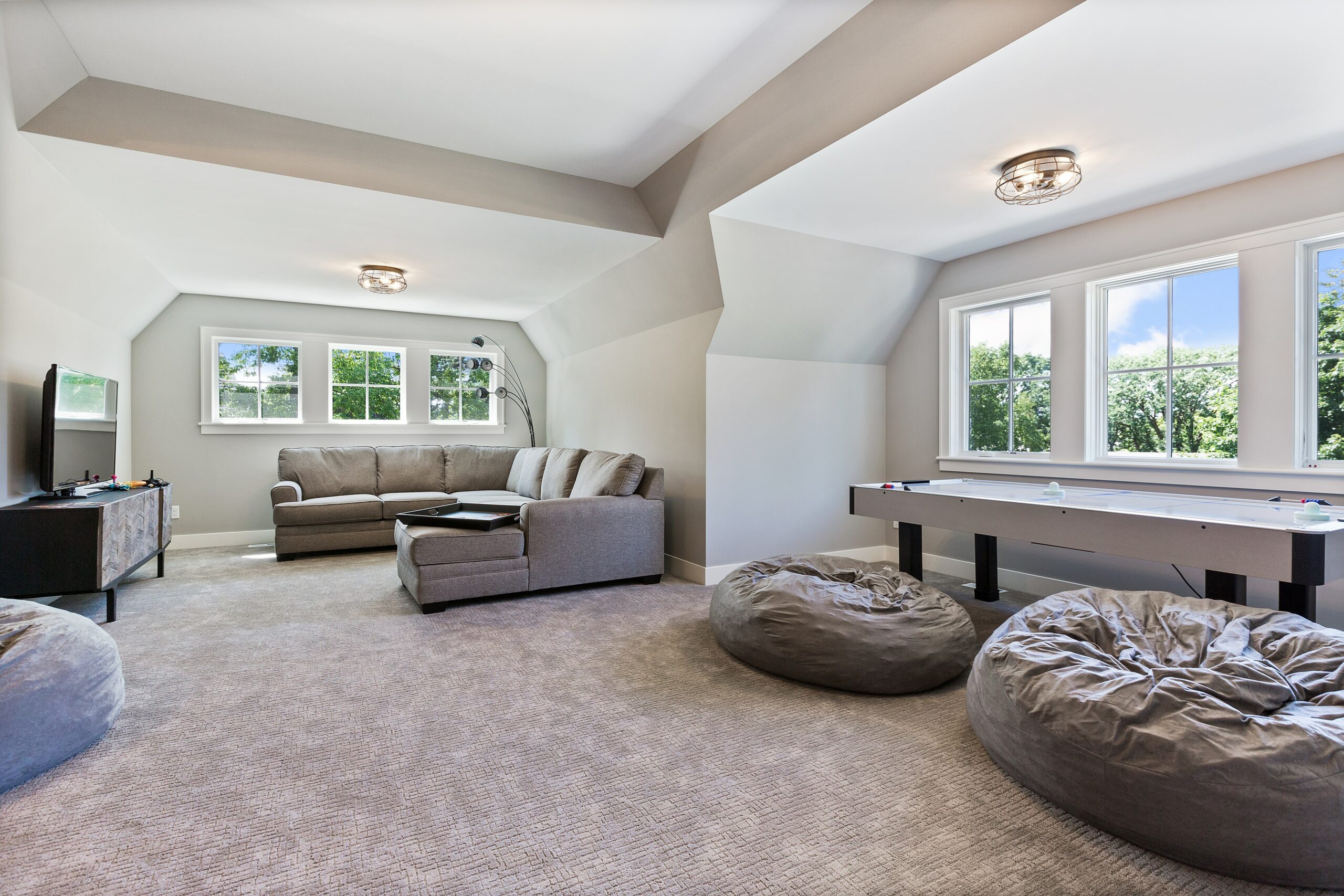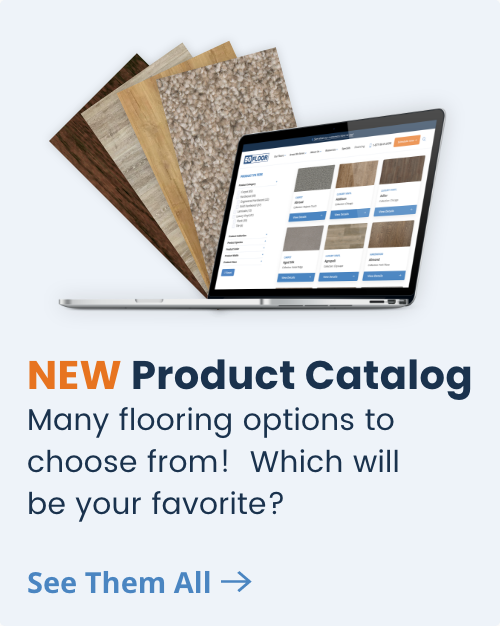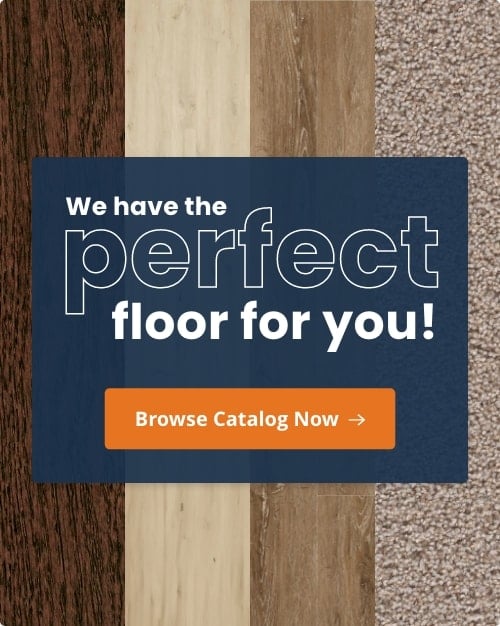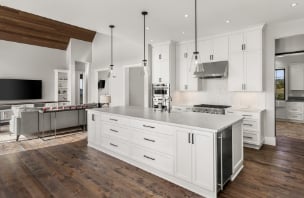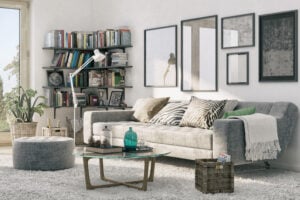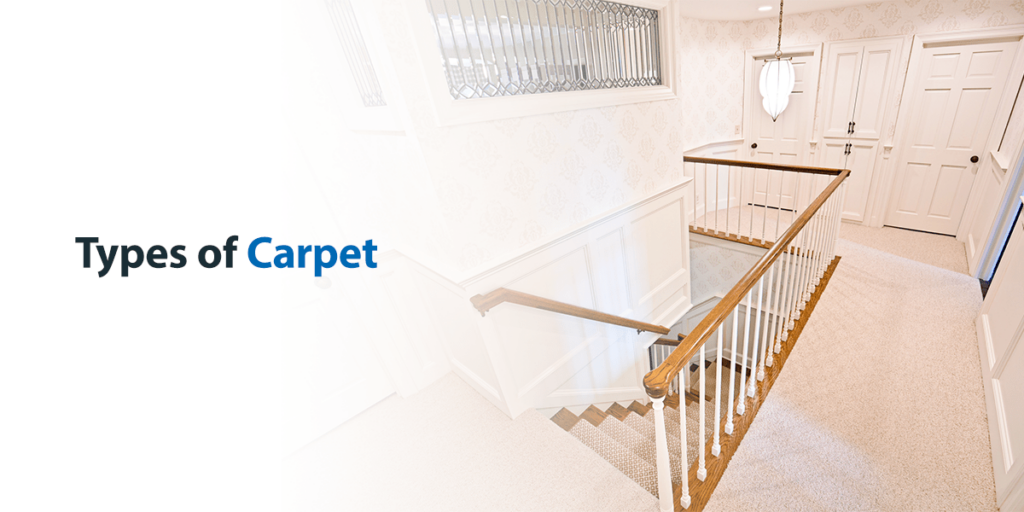

Carpet plays an essential role in your home, from making your space cozy and comfortable to providing effective insulation. The right carpet can also bring out your desired aesthetic, whether that’s warm and homey or formal and elegant.
Choosing the right carpet requires careful thought and deliberation — that’s why we’ve included all of the necessary factors to consider when choosing a carpet for your home. Here’s your guide to the different types of carpet, including piles, fibers, styles and padding!
Types of Carpet Piles
Looking at the pile height is a good way to determine a carpet’s durability. “Pile height” refers to the height of the carpet fibers. Most carpets are classified as low pile, medium pile or high pile.
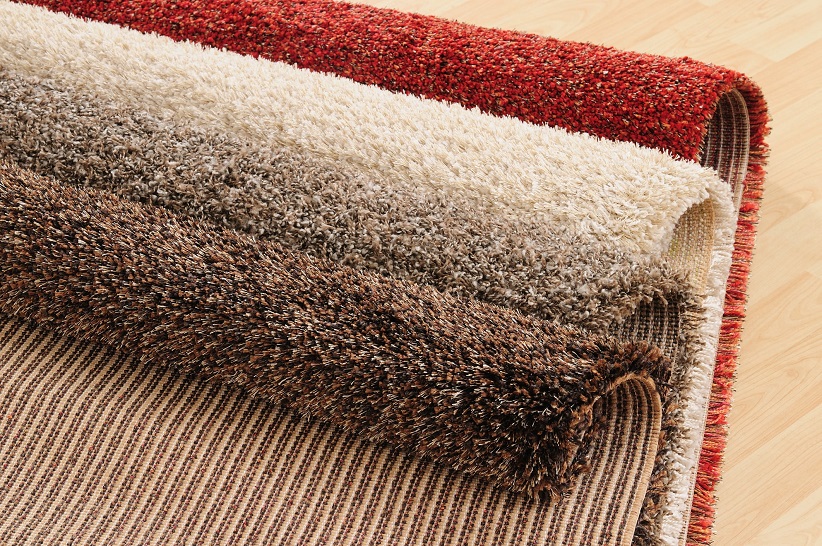

Types of Carpet Fibers
Next, let’s explore some common types of carpet fibers:
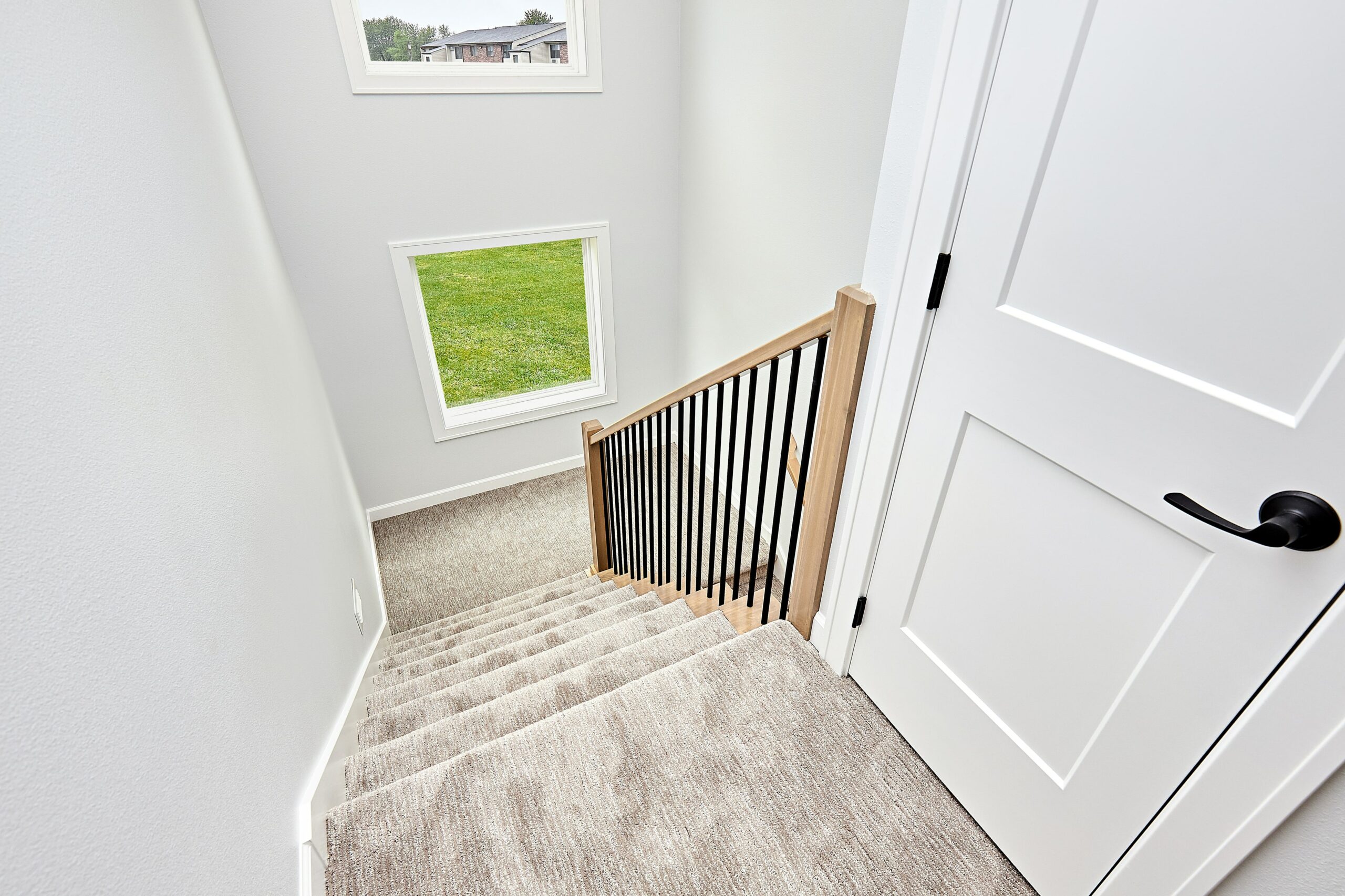

Types of Carpet Padding
Besides choosing the ideal carpet pile, material and style, it’s also important to consider carpet padding. Carpet padding is a foam layer installed under the surface of the carpet. It’s typically attached to the subfloor with glue or staples. Quality carpet padding is essential — it prolongs your floor’s life span by supporting the carpet fibers, makes the carpet more comfortable to walk on and provides thermal and sound insulation, among other things.
Here are some common types of carpet padding:
